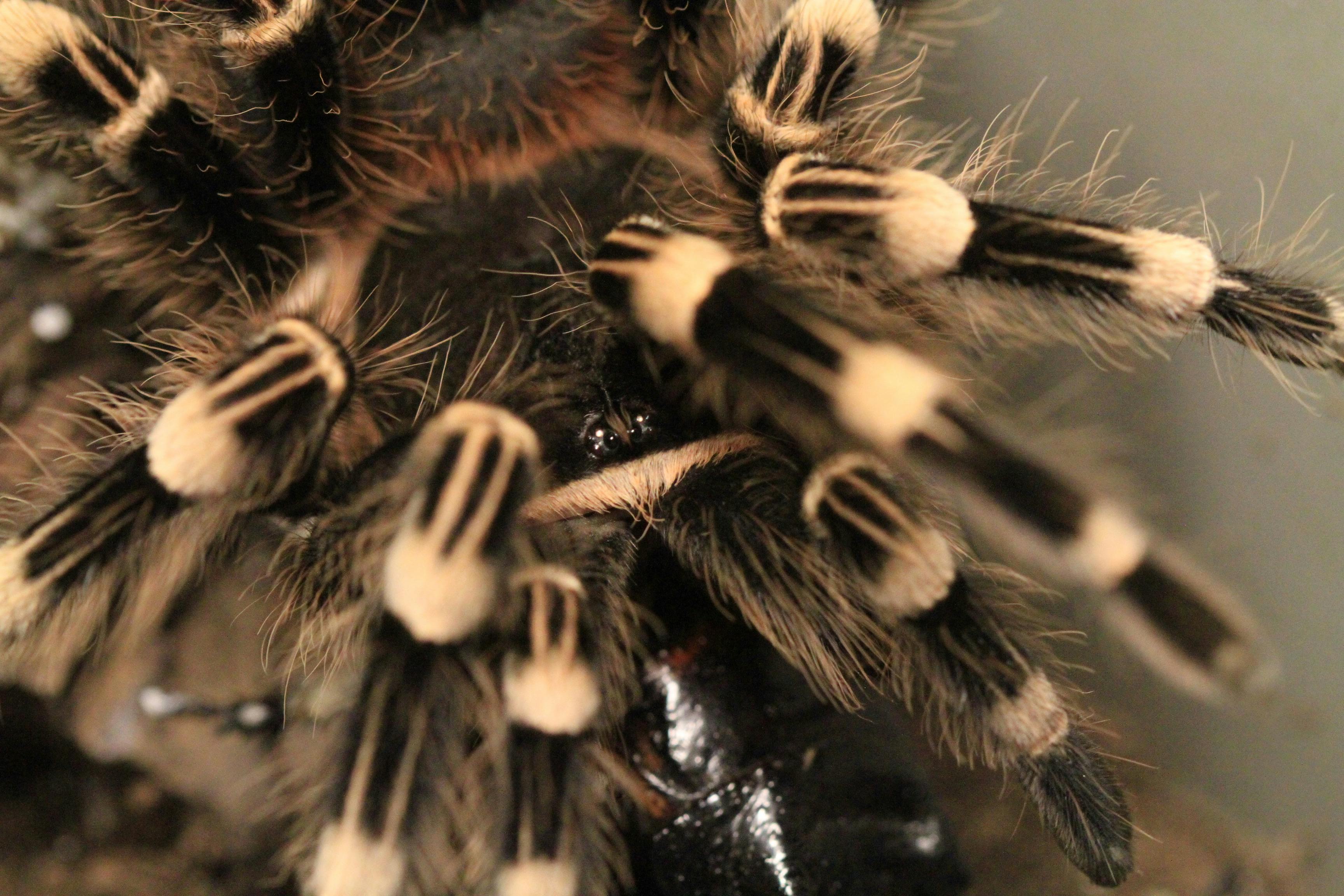The Surprising World of Jumping Spiders
Arachnophobes, prepare to have your perceptions challenged. Jumping spiders, the tiny acrobats of the spider world, are captivating creatures that defy expectations. With their large eyes, intricate courtship dances, and remarkable intelligence, these diminutive arachnids are redefining what we thought we knew about spider behavior and cognition.

The Evolution of Jumping Spiders
Jumping spiders, belonging to the family Salticidae, have a rich evolutionary history dating back approximately 50 million years. Fossil evidence suggests that these agile arachnids evolved during the Eocene epoch, a time of significant climate change and diversification of mammalian species. As the landscape changed, jumping spiders adapted to become efficient hunters in a variety of habitats.
Their most notable adaptation is their exceptional eyesight, which is unparalleled in the arachnid world. The development of large, forward-facing eyes allowed jumping spiders to become active hunters, relying on vision rather than webs to catch prey. This evolutionary leap set the stage for the diverse and complex behaviors we observe in modern jumping spiders.
Extraordinary Vision and Hunting Prowess
One of the most remarkable features of jumping spiders is their incredible visual system. Unlike most spiders, which rely primarily on vibrations and touch to navigate their environment, jumping spiders have excellent eyesight. They possess four pairs of eyes, with the large, forward-facing principal eyes providing sharp, color vision and depth perception.
This advanced visual system allows jumping spiders to detect and track prey with astonishing accuracy. They can spot potential meals from several inches away and plan complex hunting strategies. Their ability to judge distances precisely enables them to make calculated leaps to capture prey or escape predators, sometimes jumping up to 50 times their body length.
Complex Social Behaviors and Courtship Rituals
Contrary to the solitary reputation of most spiders, jumping spiders exhibit surprisingly complex social behaviors. Males of many species perform elaborate courtship dances to attract females, showcasing intricate movements and vibrant color displays. These performances can last for hours and involve a series of choreographed steps, leg waves, and body vibrations.
Recent studies have even revealed that some jumping spider species engage in cooperative hunting behaviors, working together to take down larger prey. This level of social interaction is rare among arachnids and challenges our understanding of spider intelligence and social structures.
Cognitive Abilities and Problem-Solving Skills
Perhaps most intriguing is the growing body of research suggesting that jumping spiders possess remarkable cognitive abilities. Studies have shown that these tiny arachnids can solve complex puzzles, demonstrate object permanence (understanding that objects continue to exist even when out of sight), and even exhibit signs of planning and foresight in their hunting strategies.
Experiments have revealed that jumping spiders can navigate mazes, recognize individual faces, and even show preferences for certain types of prey based on past experiences. These cognitive capabilities are reshaping our understanding of arthropod intelligence and raising questions about the nature of consciousness in small-brained creatures.
The Rise of Jumping Spiders as Unconventional Pets
In recent years, there has been a growing trend of keeping jumping spiders as pets. Enthusiasts are drawn to their curious nature, fascinating behaviors, and relatively low maintenance requirements. Unlike traditional pet spiders that may be more reclusive, jumping spiders are active during the day and often interact with their keepers, making them engaging and rewarding pets.
The cost of acquiring a jumping spider as a pet can vary, typically ranging from $20 to $100, depending on the species and source. Basic setups for housing jumping spiders are relatively inexpensive, with enthusiasts often spending between $50 to $200 on enclosures and accessories. This affordability, combined with their small size and interesting behaviors, has contributed to their increasing popularity in the exotic pet trade.





